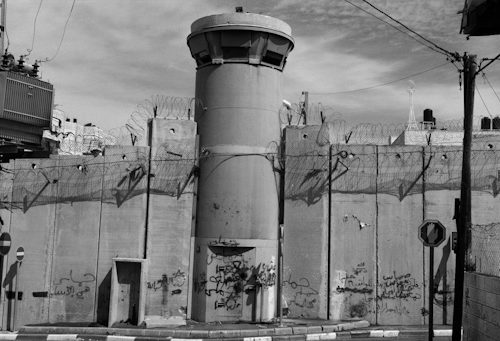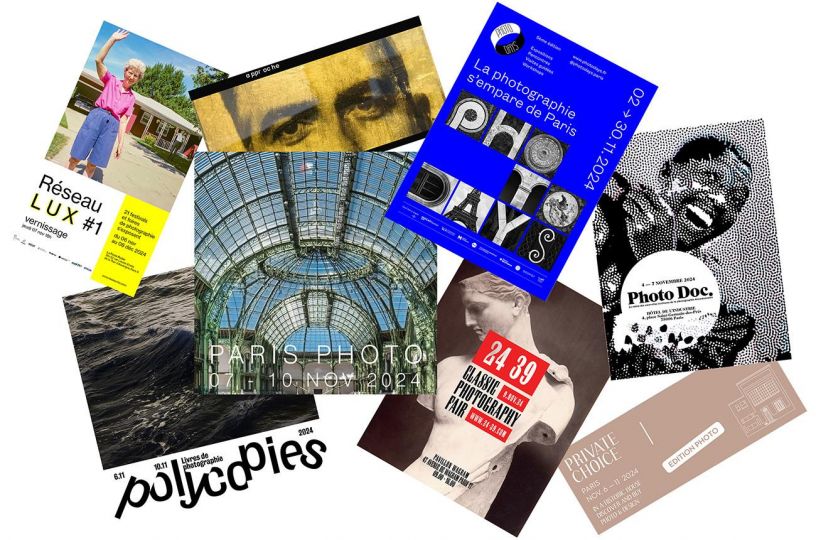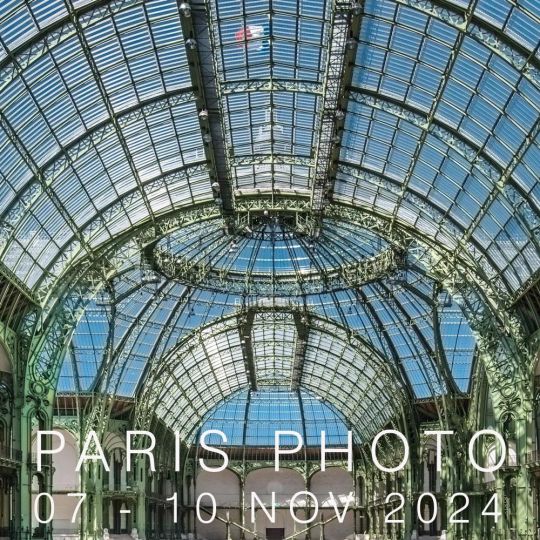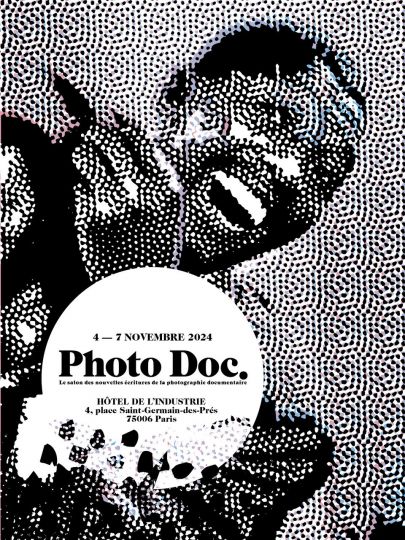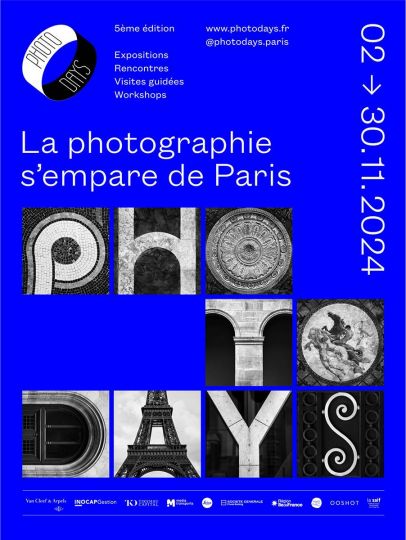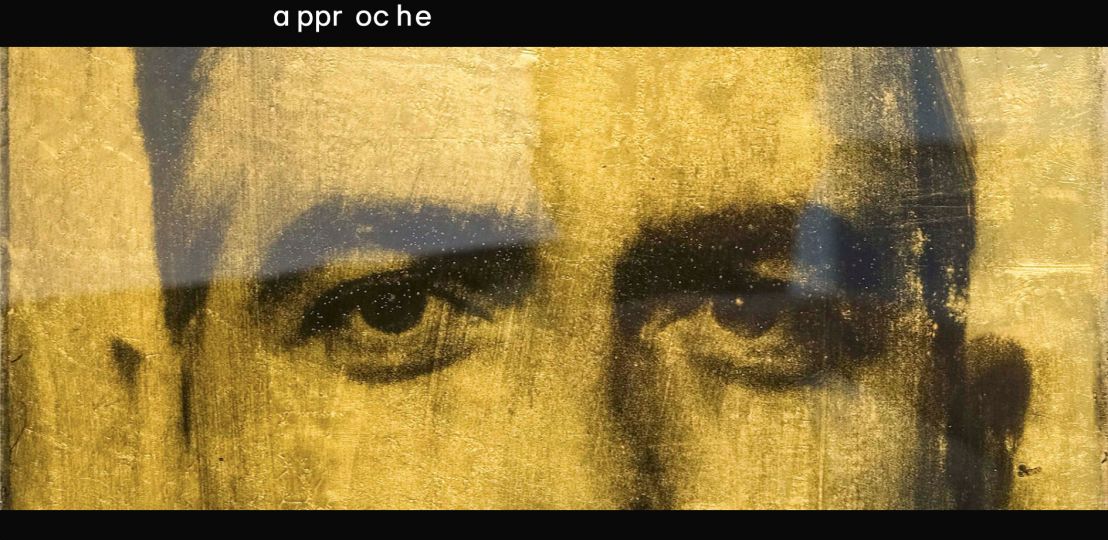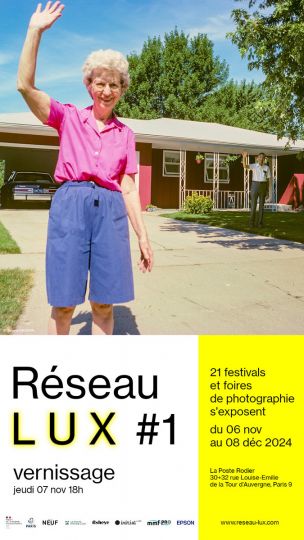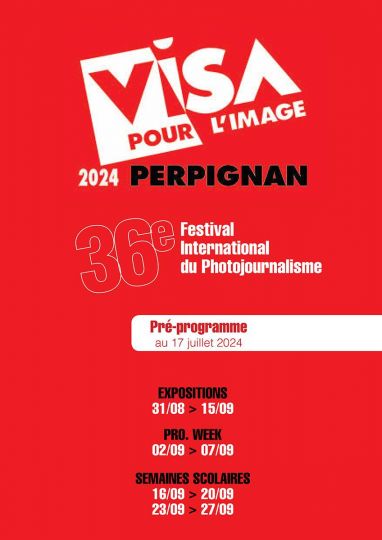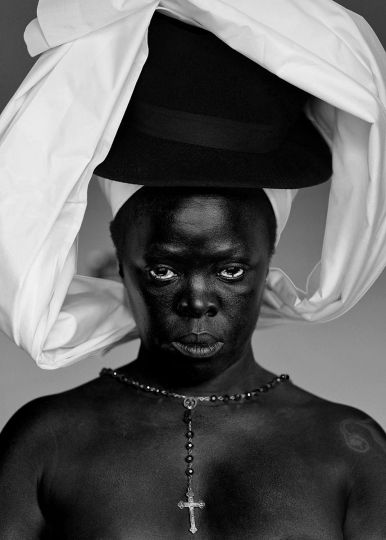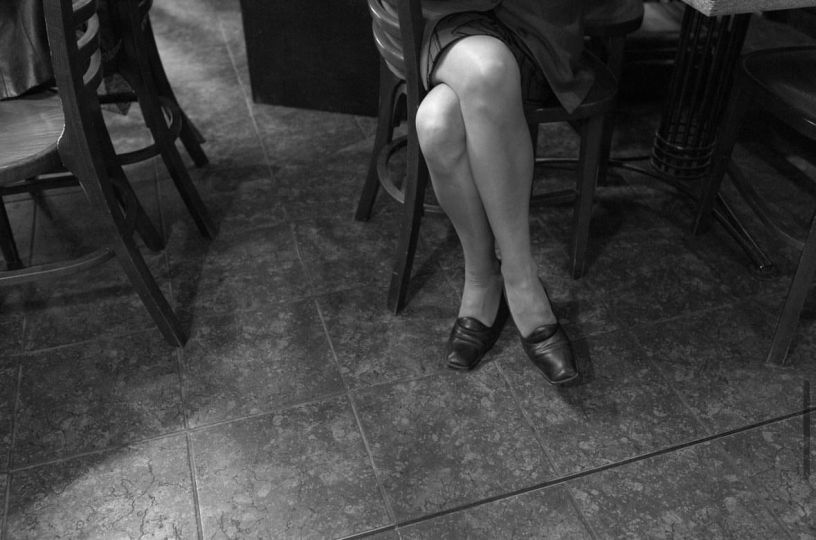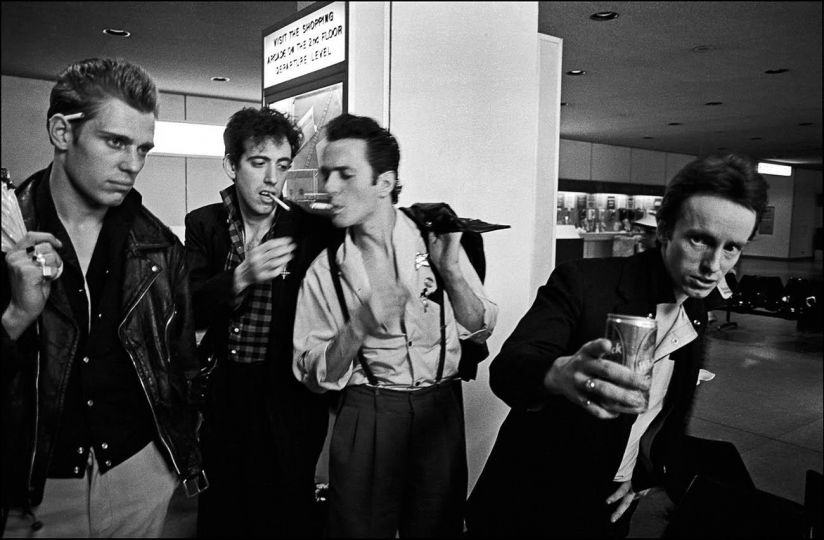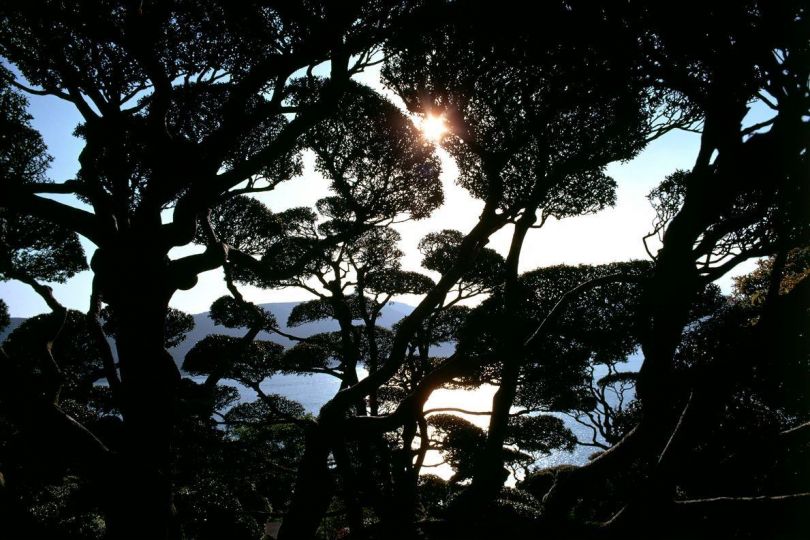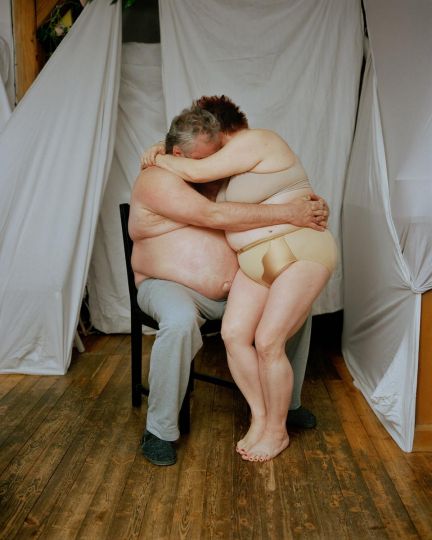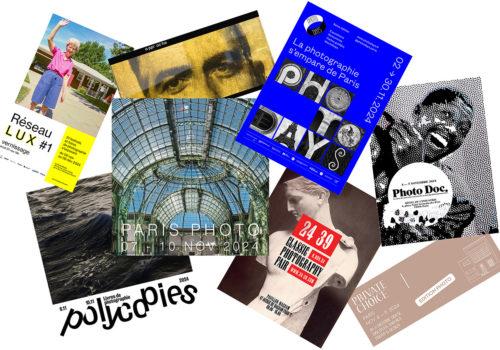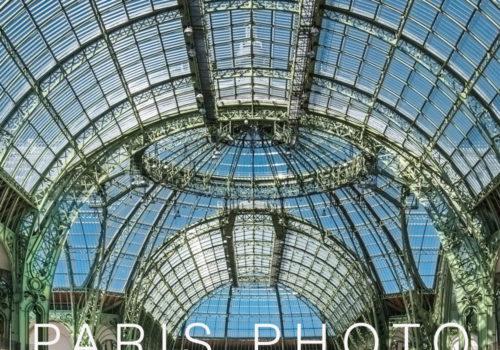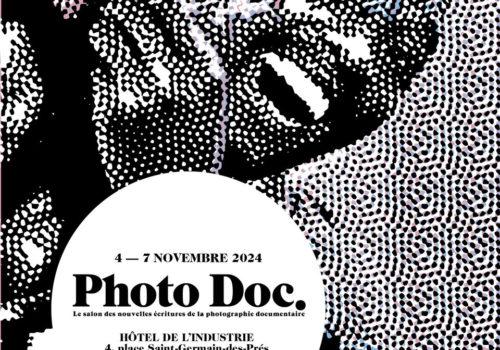This is the fourth edition of the International Image Festival in Amman, Jordan. Founded and funded by the French Institute, the festival was the idea of its current director, Charles Henri Gros, who, with a heavy heart, will leave his post this summer after four years in this land. He is responsible for the festival, which he’ll leave in the capable hands of his colleague Rachel Bizen and the photographer Linda Al Khoury.
A city of nearly three million people—in a small country of six and a half million, of which two million are Palestinian, plus some seven hundred thousand Syrian refugees—Amman is surrounded by a maze of hills. It’s no easy task to draw attention to an artistic event here. And the virtual absence of signage doesn’t help, even if several local galleries are participating in the event. Nevertheless, Charles Henri Gros insists, the issue is a real one. In a country that is relatively recent with a Muslim-majority , still strongly influenced by Bedouin tradition, and one of the few in the region to have signed a peace agreement with its neighbor, Israel, the question of the relationship to the image is one that comes up frequently. When the Internet delivers its flood of imagery to the iconoclasts, when political iconography of the image of martyrs play the role they do, the ability to “read” an image becomes an issue for society, for the whole country.
Despite a decent budget thanks to its director’s skill at finding partners, the result is somewhat disconcerting. It’s perfectly legitimate—and the only part of the festival that could be read as “political,” even if it wasn’t the artist’s intention—to share with Jordanians a large-format projection of the remarkable, panoramic shots from the Josef Koudelka series Wall, even if the event was held on the second-to-last floor of an unwelcoming shopping mall. (What’s more, on the day we visited, the projection was out of focus and the colors were all off.)
Other locations, however, made one dreams of the possibilities, for example, several private galleries (Dar Al Anda, Nabad Gallery, among others) and the space at the municipal Ras Al Ein Gallery.
There are so many wonderful things, extraordinary people, like the generous director of Dar Al Anda, Majdoline Al-Ghazawi Al-Ghoul, or “The Duke” Mahmoud Bisharat, and magical places, like the Diwan, which was integrated almost seamlessly into the festival.
Read the full article on the French version of L’Oeil.

